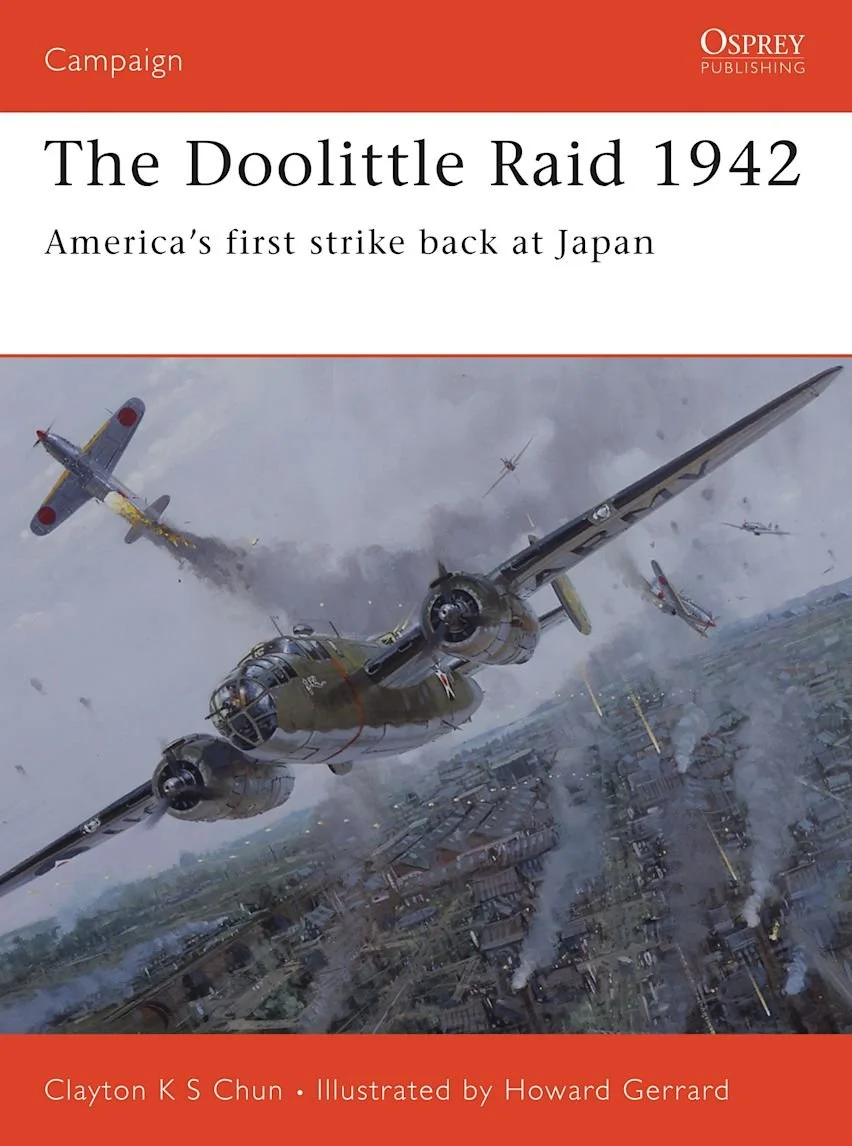World War II (1931-1945)
“The Second World War presented a mirror to the human condition which blinded anyone who looked into it.” — Norman Mailer, “The White Negro: Superficial Reflections on the Hipster” (1957)
Of the endless ocean of books on the Second World War, we have dozens and dozens of new and carefully chosen titles. I define it as beginning with the Japanese Empire’s invasion of Manchuria and ending with not only V-E and V-J Days but also the immediate crises of displaced people, the Soviet Union’s creation of the Iron Curtain, and the growing revelations of the extent of the Holocaust.
In significant ways the Second World War was the defining crucible of the 20th Century. The First World War was prelude, the legacy of the 19th Century’s imperialism, and the Cold War was the sequel. Of the making of books about it there is no end — but the persistence of good research and good writing, and good publication underscores the war’s centrality of the world we live in today and the world our descendents will live in for the foreseeable future.
The Doolittle Raid 1942: America's First Strike Back at Japan
The Doolittle Raid 1942: America's First Strike Back at Japan
A detailed account of the US' nail-biting attempt to claw back their position, with full-colour maps and archival photography.
In early 1942, the strategic situation was bleak for the United States. She had been in continual retreat since Pearl Harbor, surrendering major areas such as the Philippines, and was preparing for the worst in Hawaii and on the West Coast. The Japanese, on the other hand, had secured a well-defended perimeter, and was set for further expansion. Something needed to happen quickly and be of considerable impact-and the combined-arms, April 1942 Doolittle Raid on Japan was a way to achieve this.
This book examines the planning, execution, and aftermath of this innovative, daring and risky attack, which would show that the Japanese navy and air forces were anything but invincible.

